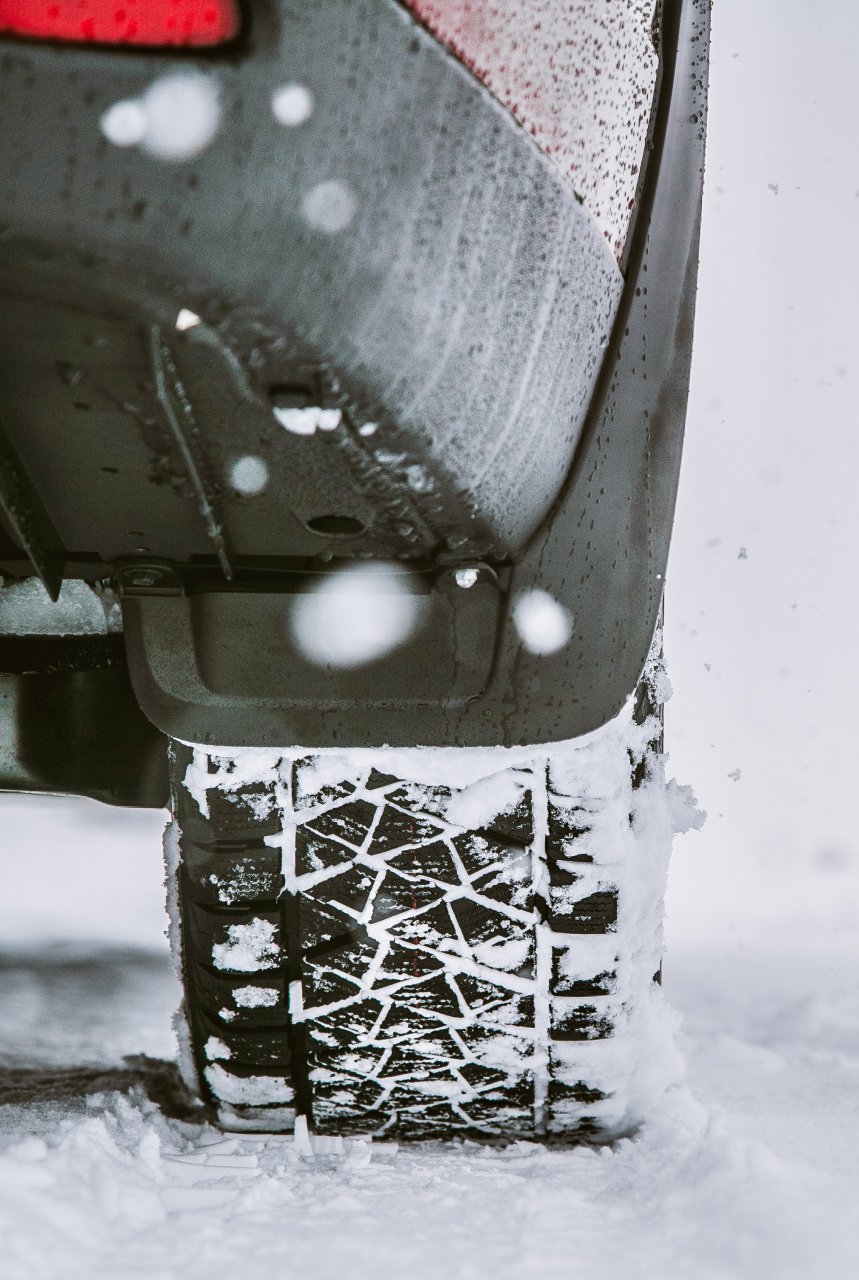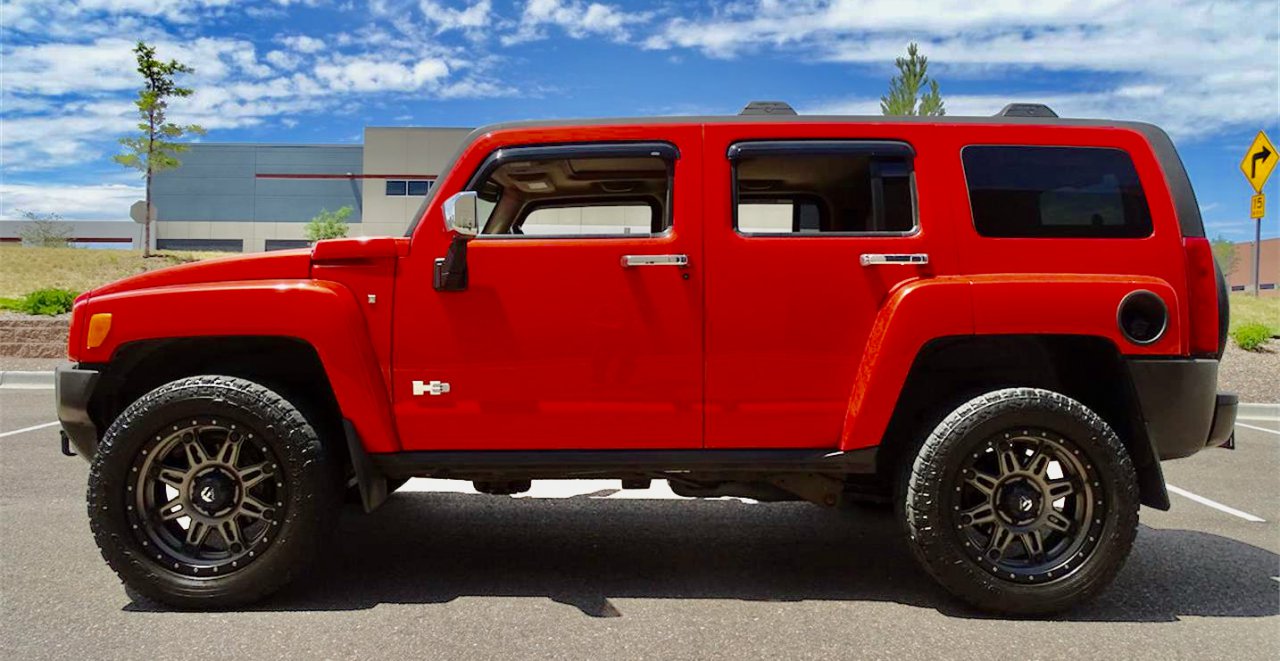A few years ago, billboards along the freeways I drove daily carried advertisements promising “4 tires for $99.”
Friends would ask me if that wasn’t a great deal and shouldn’t they rush out and buy a set. My response was that those were the last tires you should put on your vehicle.
OK, at least they would be new tires with some sort of tread and thus better for driving than buying used tires, perish that thought, and I mean that quite literally: If you want to perish while driving, used tires seem an ideal way to put the lives of yourself and your loved ones, as well as other highway users, at risk.
So, do tires really make a difference? Just check lap times at any major auto race after tires are changed during a pit stop. Tires make a difference, and the following is offered as evidence from real-world experiences:

The Miata as snowmobile
When I was an editor at AutoWeek magazine, we did a long-term (year-long) test drive of the then-new Mazda MX-5 (aka Miata). The car seemed the best of both worlds — the styling and dexterity of the traditional British roadster and the modern technology and manufacturing quality of the Japanese auto industry.
The roadster was reborn and was so much fun to drive… well, until one early-winter Sunday morning pre-dawn when I was on my way to the office and encountered black ice on the freeway. The car did a snap 180 and I’m not sure which of us was the most shocked, me or the driver behind me, whom I was now seeing face to face through my windshield.
Fortunately, that car was the only other one near me at that early hour. Neither of us did anything stupid and I got the car pointed in the right direction, and without making contact with that car behind me or with anything else.
I continued on to the office, albeit very, very carefully, and later that day we called Bridgestone and ordered up a set of Blizzak winter tires for the Miata.
Suddenly, and with no change other than tires, a car that had been all but undrivable in winter conditions had become a virtual snowmobile, ready and eager to challenge Midwestern snow and ice.
One note before the next vignette: When I was a youngster growing up on a rural road in northern Illinois, each winter my Dad put two “snow” tires on the rear wheels of our station wagon.
But times have changed and snow tires have evolved into much more advanced “winter” tires, and you put them on all four wheels, not just those that provide power to the roadway, be it clear or snow covered.
And speaking of all four wheels, while 4- or all-wheel drive might help you get moving on snow and ice, it won’t necessarily help you turn or stop in such conditions. But winter tires will.

Transforming the Corvette
In 2003, Corvette Racing was frustrated with its performance, especially after losing to Ferrari in the 24 Hours of Le Mans. The team suspected tires were one major issue, especially after watching the Ferraris run double stints on their Michelins in France.
So, after the Petit Le Mans race in the fall of 2003 at Road Atlanta, Corvette Racing surreptitiously obtained (and likely in violation not only of its contract with Goodyear but of General Motors’ deal with Goodyear as exclusive OEM supplier to all Chevrolet Corvettes) a set of Michelin racing tires that would fit its C5 racing cars.
The team did a series of laps on the Brand M tires and was astounded at the improvement. Another test was done at another track and lap times were some 3 seconds faster than they were getting on Brand G.
A switch was made for the 2004 season and the Corvettes went undefeated. Not only that, but the team helped convince Chevrolet it was time to upfit non-racing Corvettes and thus the 2009 ZR1 rolled out of Bowling Green Assembly on Michelins, with additional fitments in 2011 and with all Corvettes switching brands in 2014.
As part of that switch, Michelin hosted members of the automotive media for demonstration drives. An autocross course was set up and we drove Corvettes with Brand G and Brand M tires. To me, it felt as though I was driving an entirely different car, the handling was so much more responsive and the lap times even on a short autocross course were significantly lower.
The only difference between the cars was the tires they wore.
How the H3 got its shoes
One of Mike DiGiovanni’s rewards for being the General Motors executive who suggested the company buy the Hummer brand from AM General was being selected as the general manager of the newly acquired brand.
Authenticity was crucial, DiGiovanni recognized. The civilian Hummers had to live up to the reputation created by the military Humvee. DiGiovanni was so committed to authenticity that he wrote a letter of resignation that he carried in a breast pocket of his suitcoat.

When I was doing a book on the development of the Hummer H3, DiGiovanni told me he offered up that letter three times, though he would only share one example, and it concerned tires.
Administrators at General Motors had just signed a huge tire contract with Cooper Tires, and told DiGiovanni the H3 would roll out of the Shreveport, Louisiana, assembly plant on Brand C.
DiGiovanni’s response was to reach in to his suit coat pocket for the envelope that held his resignation letter. Like the Humvee, BFGoodrich had established a reputation for carrying vehicles off pavement, whether exploring trails, climbing over obstacles or racing across the desert. His H3s would wear off-road tires, BFGs, or tires with similar history, or GM would find someone else to lead the Hummer brand.
Thus, the SUVs left the Shreveport plant with Bridgestone or Goodyear tires that were specially constructed for the H3.
So, do tires really matter? Talk to automotive dynamic-development engineers and they’ll tell you their work with steering and suspension and other systems really boils down to finding a way to exploit the potential in the vehicle’s tires. After all, those tires are the only thing that connects the car to the road, the track, or the trail.






Tires have a traction rating in alphabetical order. I’m surprised this was not mentioned in the article.
God bless America